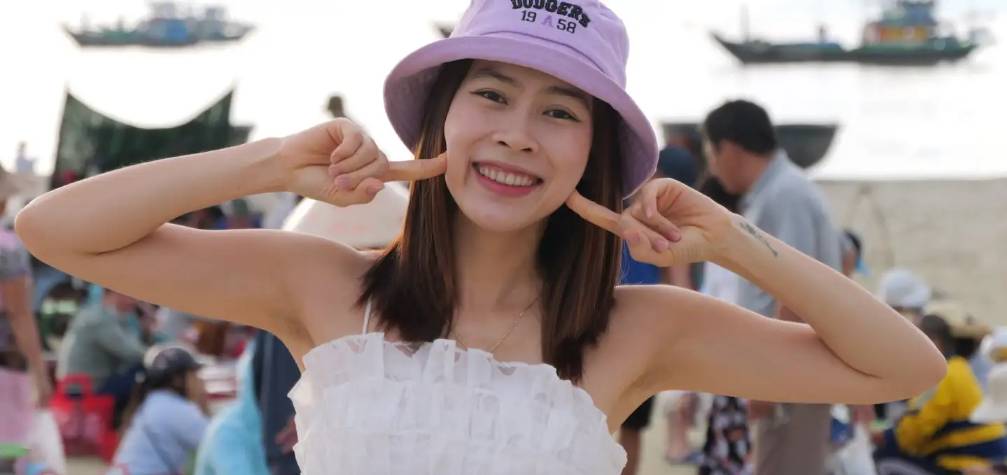Fashion Photography Tips: Capturing Your Style in Pictures
5 min read
15 Mar 2025
Fashion photography is an art form that goes beyond simply documenting clothing and accessories; it's about telling a story, conveying a mood, and capturing the essence of style. Whether you're a professional fashion photographer or an aspiring enthusiast, these tips will help you create stunning fashion photographs that showcase clothing, convey emotion, and elevate your style.
Understand Your Subject
Before you start shooting, take the time to understand your subject. Whether it's a professional model, a friend, or yourself, getting to know the subject's personality, style, and preferences will help you tailor the shoot to their unique characteristics. This understanding will guide your choice of clothing, poses, and settings.

Plan Your Shoot
Effective planning is crucial for fashion photography. Create a mood board or a shot list that outlines your vision for the shoot. Consider the location, styling, makeup, and poses you want to incorporate. Having a clear plan will help you stay organized and focused during the shoot.
Select the Right Location
The location sets the stage for your fashion photography. Choose a location that complements the style and mood you want to convey. It could be an urban street, a natural landscape, a studio, or an indoor space with interesting architecture. Ensure that the location enhances the overall narrative of the shoot.
Natural Lighting vs. Artificial Lighting
Lighting is a critical element in fashion photography. Natural light can provide a soft, flattering look, especially during the golden hours (early morning and late afternoon). However, don't shy away from using artificial lighting, such as strobes or softboxes, to achieve specific effects or to control lighting conditions indoors or during overcast days.
Composition and Framing
Pay attention to composition and framing to create visually appealing photographs. Experiment with different angles, such as low angles for a dramatic look or high angles for a more editorial feel. Compose your shots thoughtfully, considering the rule of thirds, leading lines, and symmetry.
Posing and Movement
Work with your model or subject to create dynamic and expressive poses. Encourage movement and fluidity in the shots to add energy and personality to the photographs. Poses should complement the clothing and convey the intended mood.
Styling and Wardrobe
Fashion photography is all about showcasing clothing and accessories. Collaborate with a stylist or select outfits that align with the theme of the shoot. Pay attention to details like accessories, shoes, and grooming to ensure a polished look.
Use Props and Accessories
Props can add depth and interest to your fashion photographs. Consider incorporating items that enhance the narrative or create a unique visual element. Props can be anything from flowers and hats to mirrors and umbrellas.
Focus on Details
Fashion photography often involves capturing intricate details of clothing and accessories. Use a macro lens or focus on close-up shots to highlight textures, patterns, and embellishments. Details shots can be particularly effective in lookbooks and fashion editorials.
Model Expression
Encourage your model to convey emotion and personality through their expressions. The eyes are especially important in fashion photography, as they can communicate a wide range of emotions. Guide your model to convey confidence, mystery, joy, or any other emotion that aligns with the shoot's concept.
Post-Processing
Post-processing is a valuable tool in fashion photography. Use editing software to enhance colors, adjust exposure, and retouch skin if necessary. Maintain a consistent editing style throughout your portfolio to create a cohesive look.
Collaboration and Feedback
Don't hesitate to collaborate with a team. Working with a makeup artist, hairstylist, stylist, and art director can elevate the quality of your fashion shoots. Additionally, seek feedback from peers or mentors to improve your skills and creative vision.
Experiment and Innovate
Fashion photography is a dynamic field that welcomes experimentation and innovation. Don't be afraid to try unconventional techniques, explore different styles, or break traditional rules to create unique and striking images.
Build a Portfolio
As you continue to develop your fashion photography skills, build a strong portfolio that showcases your best work. A compelling portfolio will help you attract clients, collaborators, and opportunities in the fashion industry.
Conclusion
Fashion photography is a captivating blend of artistry, style, and storytelling. By understanding your subject, planning your shoots meticulously, mastering lighting techniques, and paying attention to details, you can capture fashion photographs that are not only visually appealing but also convey the essence of style and personality. Remember that practice and creative exploration are key to refining your fashion photography skills and developing your unique vision in this exciting and ever-evolving genre.


